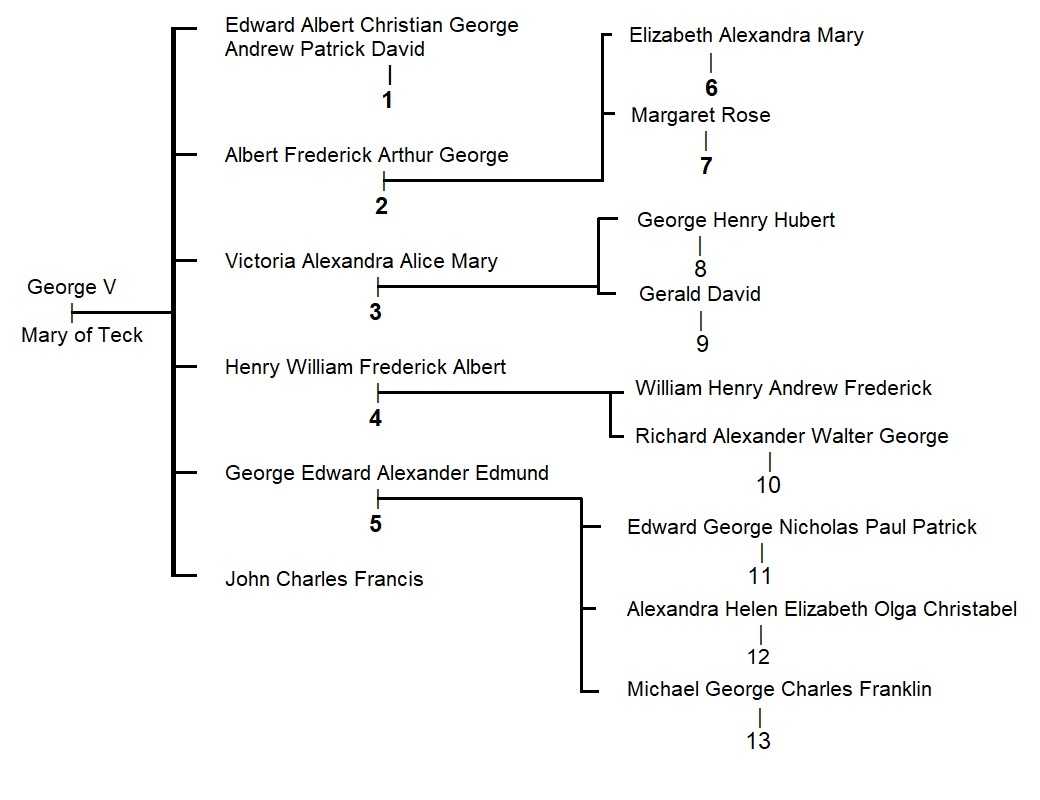
The In-Laws of George V Trivia Quiz
After changing the name of his royal house, George V also changed the rules on royal marriage, allowing his children the option of marrying commoners. Can you match up the king's children and grandchildren with their choice of spouse?
A label quiz
by Red_John.
Estimated time: 3 mins.
- Home
- »
- Quizzes
- »
- People Trivia
- »
- House of Windsor
- »
- George V
